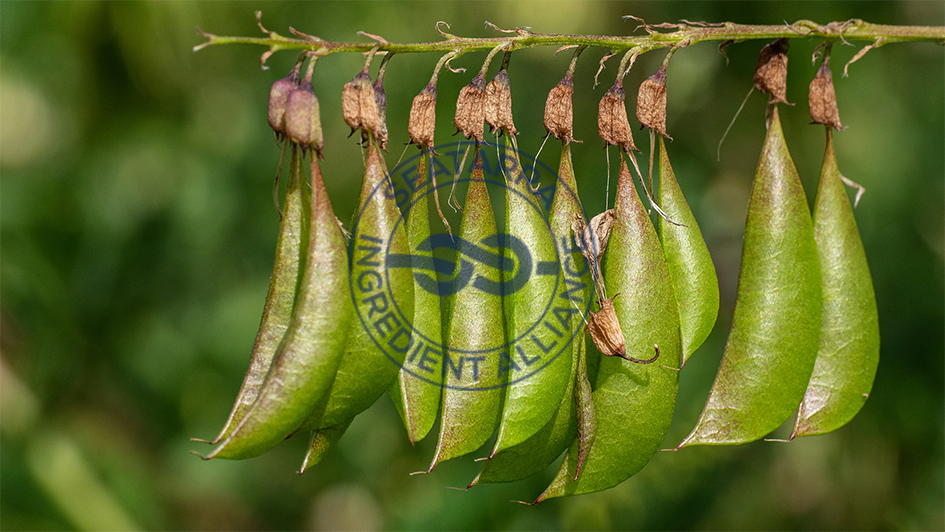
Herbal Secrets from Around the Globe: Lesser-Known Plants with Powerful Effects
Herbal remedies have been used for centuries across different cultures to treat a myriad of ailments. While some herbs like ginger, turmeric, and garlic have gained international fame for their health benefits, many lesser-known plants possess equally potent medicinal properties. This comprehensive guide explores some of the world’s most obscure yet powerful herbs, shedding light on their uses, benefits, and the cultures from which they originate.
The Role of Traditional Medicine in Modern Health Care
Traditional medicine provides the basis for many modern pharmaceuticals. As scientists delve deeper into the mechanisms behind these ancient remedies, they often discover unique compounds that can lead to new treatments. Exploring these lesser-known herbs not only broadens our understanding of botanical medicine but also enhances global health practices by integrating traditional wisdom with contemporary science.
Lesser-Known Herbs with Remarkable Health Benefits
From the rainforests of the Amazon to the highlands of Tibet, each region of the world holds its own secrets of herbal medicine. Here are some of the most compelling and lesser-known plants that have been used traditionally and are now gaining attention for their potent effects:
1. Pelargonium Sidoides (South African Geranium)
- Origin: Native to South Africa.
- Benefits: This herb is known for its effectiveness in treating acute bronchitis and respiratory infections. It works by reducing the severity of symptoms and duration of illness.
- How to Use: Pelargonium sidoides is commonly taken in extract form, usually as a liquid or tablet.
2. Rhodiola Rosea (Golden Root)
- Origin: Grows in cold regions of Europe and Asia.
- Benefits: Rhodiola is celebrated for its adaptogenic properties, helping the body resist physical, chemical, and environmental stress. It’s particularly valued for enhancing mental performance, reducing fatigue, and improving resilience to stress.
- How to Use: Available in capsules or extracts, Rhodiola is best taken in the morning to support energy levels throughout the day.
3. Pau D’Arco (Tabebuia impetiginosa)
- Origin: Native to Central and South America, especially in the Amazon rainforest.
- Benefits: Used for its antifungal and antibacterial properties, Pau D’Arco helps fight infections and can be beneficial for immune health.
- How to Use: Typically consumed as tea or in capsule form, it can also be applied topically for fungal infections.
4. Andrographis Paniculata (Indian Echinacea)
- Origin: Widely used in traditional Chinese medicine and Indian Ayurveda.
- Benefits: Known as the “King of Bitters,” this plant is reputed for its anti-inflammatory, antiviral, and antioxidant properties. It is often used to treat colds and flu.
- How to Use: Andrographis is usually taken in tablet or tincture form, especially at the onset of cold or flu symptoms.
5. Astragalus Membranaceus
- Origin: Traditional Chinese medicine staple.
- Benefits: Astragalus boosts the immune system, supports heart health, and can increase stamina. It’s also used to help prevent colds and upper respiratory infections.
- How to Use: Available as capsules, extracts, or teas. It is often used as a preventive measure during flu seasons.
6. Bacopa Monnieri (Brahmi)
- Origin: A staple in Ayurvedic medicine in India.
- Benefits: This herb is primarily known for its cognitive-enhancing properties. It improves memory, reduces anxiety, and helps in treating ADHD symptoms.
- How to Use: Brahmi can be consumed as capsules, teas, or tinctures. It’s often recommended for students and elderly individuals to enhance brain function.
7. Schisandra Chinensis (Five-Flavor Berry)
- Origin: Native to forests of Northern China and Russia.
- Benefits: Schisandra is unique in that it stimulates all five basic flavors, hence its name. It increases resistance to disease and stress, enhances energy, and improves mental clarity.
- How to Use: Schisandra berries can be taken as a supplement, or the dried berries can be made into a tea.
Integrating Global Herbal Wisdom into Daily Life
- Educational Approach: Learning about the origin and traditional uses of these herbs can deepen your appreciation and understanding of their benefits.
- Consultation with Experts: Before adding any new herb to your regimen, especially if you have underlying health conditions or are on medication, consult with a healthcare provider knowledgeable in herbal medicine.
- Cultural Respect and Sustainability: When sourcing herbs, choose suppliers who respect indigenous knowledge and practice sustainable harvesting to protect these plants for future generations.
Conclusion
The world of herbal medicine is vast and rich with plants that offer significant health benefits. By exploring lesser-known herbs like Pelargonium sidoides, Rhodiola Rosea, Pau D’Arco, Andrographis Paniculata, Astragalus Membranaceus, Bacopa Monnieri, and Schisandra Chinensis, we can not only enhance our own health but also gain a deeper respect for traditional medicine practices across the globe. These plants remind us of the interconnectedness of our world and the shared knowledge that spans continents and cultures.



